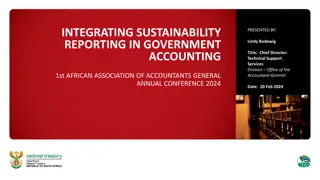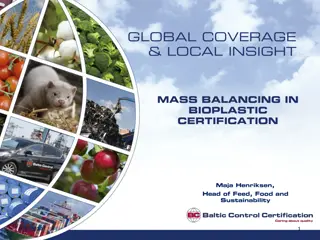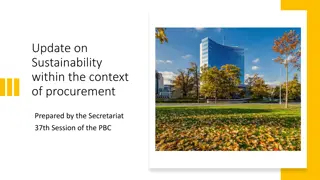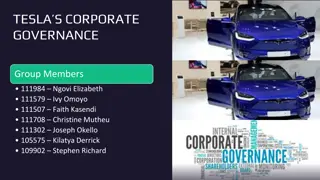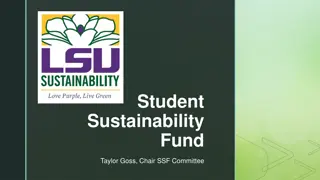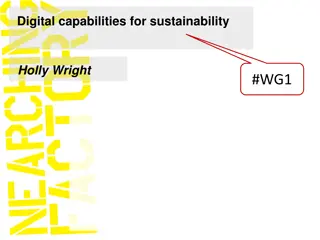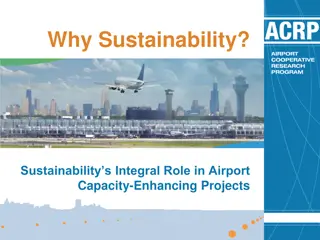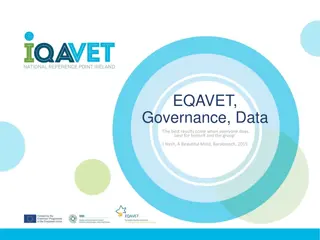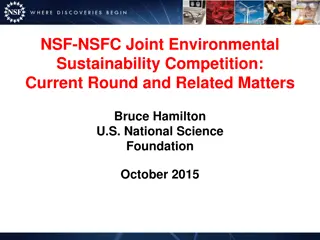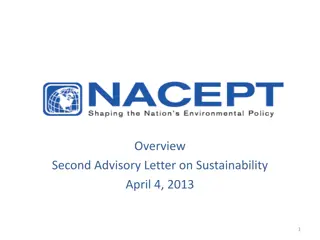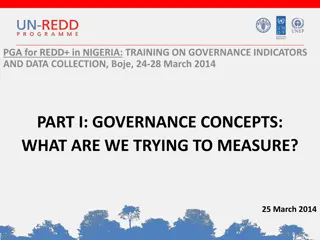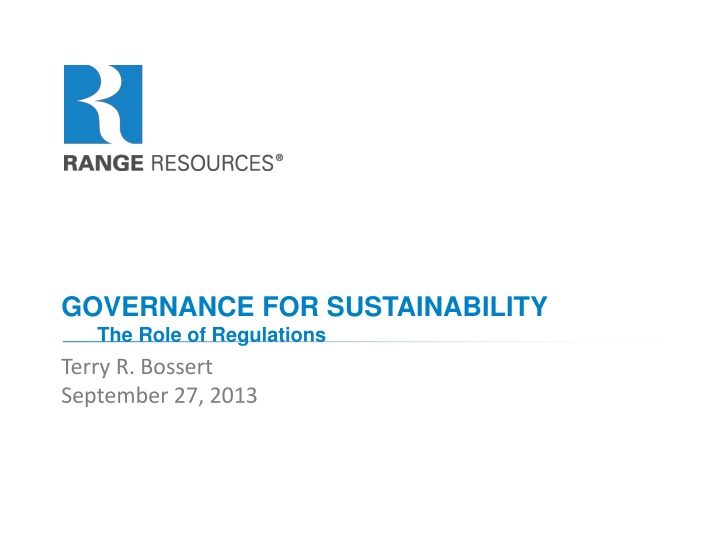
Governance for Sustainability: Role of Regulations
This content discusses the importance of regulations in promoting sustainability and balancing present needs with future generations. It highlights the impact of regulatory frameworks on operations, the preference for motivational regulation for innovation, and the challenges of rigid and siloed regulatory systems that hinder adaptation and innovation in various industries.
Uploaded on | 1 Views
Download Presentation

Please find below an Image/Link to download the presentation.
The content on the website is provided AS IS for your information and personal use only. It may not be sold, licensed, or shared on other websites without obtaining consent from the author. If you encounter any issues during the download, it is possible that the publisher has removed the file from their server.
You are allowed to download the files provided on this website for personal or commercial use, subject to the condition that they are used lawfully. All files are the property of their respective owners.
The content on the website is provided AS IS for your information and personal use only. It may not be sold, licensed, or shared on other websites without obtaining consent from the author.
E N D
Presentation Transcript
GOVERNANCE FOR SUSTAINABILITY The Role of Regulations December 22, 2011 Terry R. Bossert September 27, 2013
SUSTAINABILITY Operations that meet the needs of the present without compromising the ability of future generations to meet their own needs. What are the needs v. the wants. You Can t Always Get What You Want Jagger/Richards 2
THE ROLE OF REGULATION DIRECTIVE MOTIVATIONAL IN THE WAY 3
PROMOTING SUSTAINABILITY DIRECTIVE No flowback treated at POTW; reduced TDS to streams. E&S controls with post-construction storm water requirements. MOTIVATIONAL Air Emission Inventory reporting. Frac fluid reporting. Water Well impact presumption. 4
WHICH IS BETTER Industry tends to prefer the motivational it allows for innovation and variation. Agencies seem to prefer directive it allows for greater control and ease of administration. EPA s Quad O NSPS an example of doing both. Directive - emission controls, leak detection, etc. Motivational Green Completions required in the future. 5
IN THE WAY Regulatory programs developed in a silo fail to consider other media and other opportunities. Overly rigid regulations that fail to adapt to new technologies or innovations all liners must be the same. Complicated regulations and/or time consuming application processes that discourage innovation. If it does not move for ten minutes it must be a waste! O&G Opportunities storage for recycling flowback; drill cuttings as aggregate; habitat enhancing pad restoration; AMD usage. 6


